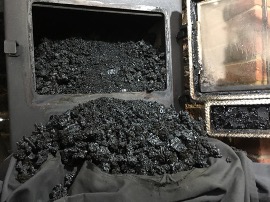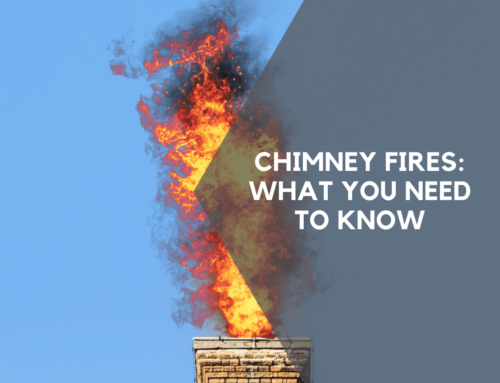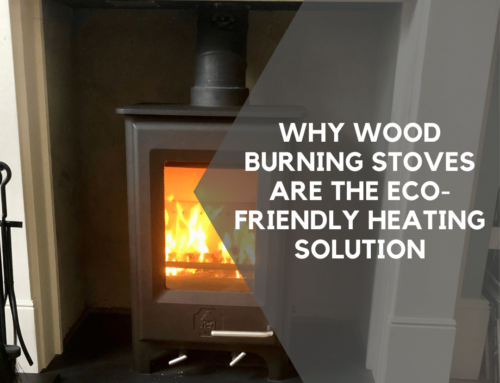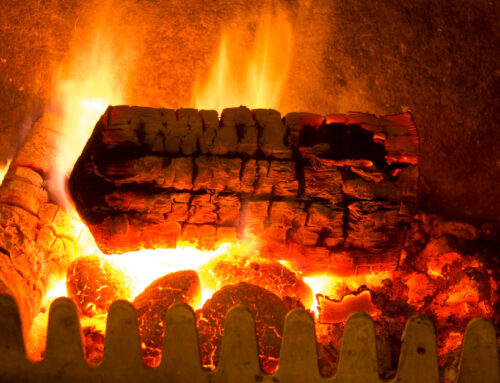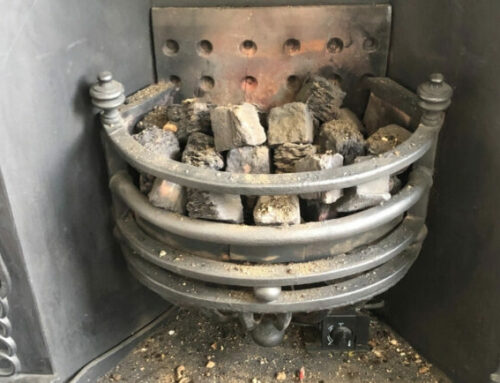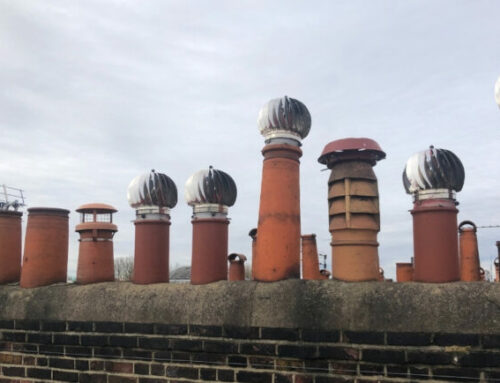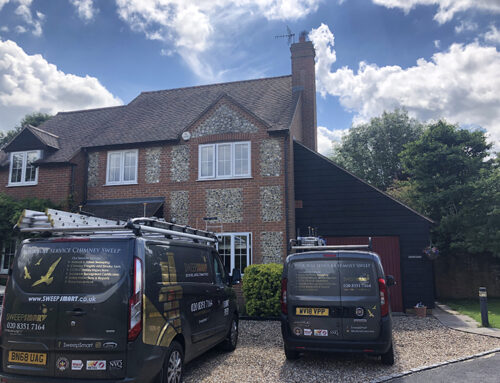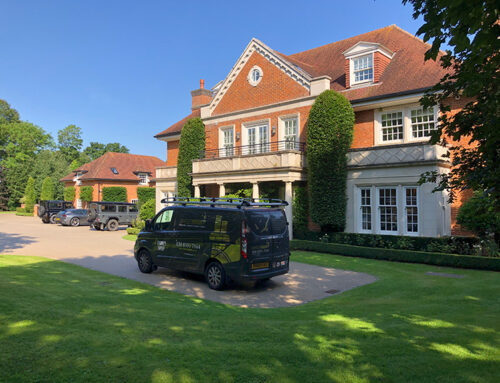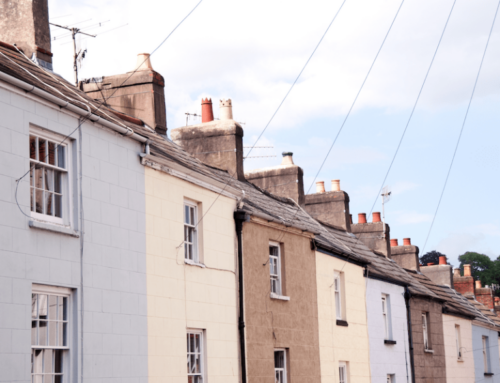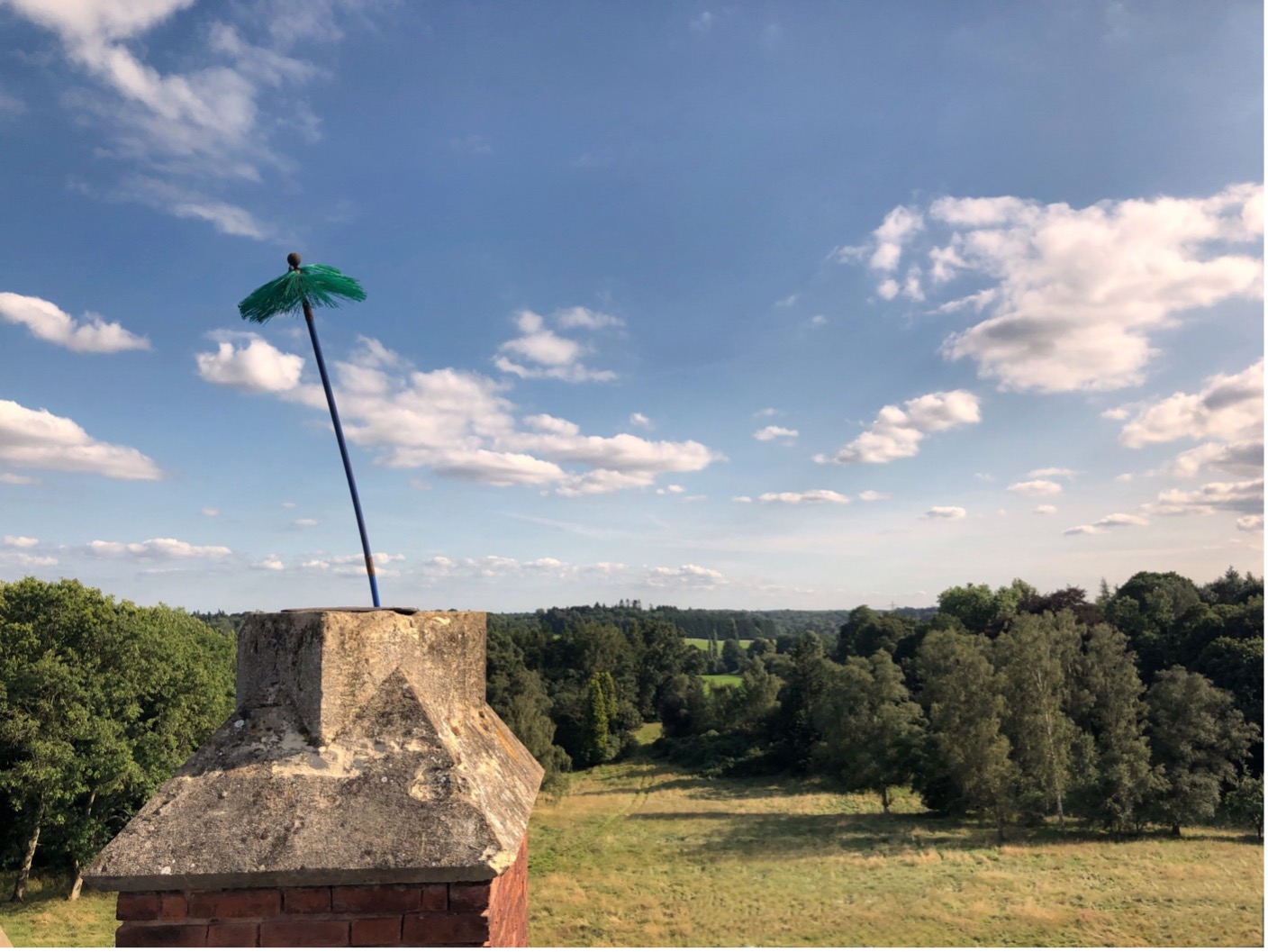
As a homeowner, you’ve got enough on your plate, haven’t you? Can you really be bothered to keep an eye on something you can’t even keep an eye on?
If you feel this way about your chimney, you’re not alone. It is, after all, one of those features that only gets used during certain times of the year. And it’s not as though you can inspect it yourself, is it?
However, a neglected chimney can cause more problems than you might think.
Why is it a bad idea to ignore your chimney?
You won’t hurt its feelings, but by turning a blind eye to your chimney, the issues will start to mount up without you knowing and eventually catch you unawares.
When you burn a fire beneath your chimney, you’ll be burning fuel of some kind. It’s impossible to achieve complete combustion in your fireplace, which is why chimneys exist; they send unburnt fuel up and out of harm’s way.
However, as that unburnt fuel heads up the chimney, it cools rapidly and turns into soot. This builds up over time. Too much of it, and it’ll give dangerous gases a far harder time escaping.
The result? Horrible, dangerous fumes entering your home. Not nice, nor healthy.
You may not be aware that the type of fuel you burn has an impact on a chimney’s safety, too. For example, if you’re fond of burning wood, but it happens to be damp, it’ll burn at a lower temperature. This isn’t the end of the world, but if the air controls are closed too tightly, you’ll be sending lots of unburnt fuel upwards, too.
There are two undesirable scenarios that can stem from not having your chimney swept at regular intervals.
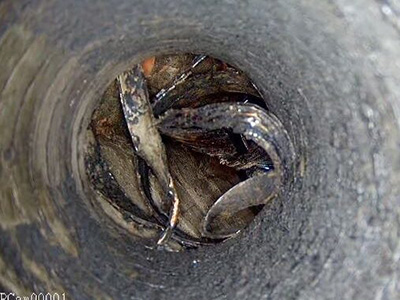
Carbon monoxide poisoning
You may not be aware that carbon monoxide can be created when you burn wood and coal. Although, it’s worse than that, because that type of fuel is capable of producing even higher levels of carbon monoxide than other sources.
So, if you thought it was only gas appliances that are capable of releasing carbon monoxide, think again.
The consequences of carbon monoxide poisoning can be fatal, which is why it’s so important to have an alarm fitted in your home. But it’s also why regular chimney sweeps are so important.
A professional sweep will ensure your chimney is capable of effectively releasing those gasses into the atmosphere and consequently reduce the risk of carbon monoxide entering your home.
A chimney fire
From carbon monoxide poisoning to chimney fires. It just gets worse, doesn’t it?
You might recall the fire triangle from your time at school. This was a simple model that illustrated how fires start; all you need is the right balance of fuel, heat, and oxygen, and you’re good to go.
This is unfortunately also the ideal recipe for a chimney fire. When chimneys are lined with combustible soot, you’ve got just the right recipe for fuel. The heat from the fireplace and oxygen in your home are then all you need to ignite a fire that can cause untold damage.
Chimney fires are usually super-hot – as much as 1,000 degrees Celsius. The result is usually a cracked chimney and a serious re-lining job.
It could result in something far worse, though. The sheer heat generated by a chimney fire could set your home alight – and the neighbour’s house to which it is probably attached, too.
The consequences don’t bear thinking about, do they?
Think your chimney needs a sweep?
It’s probably a good idea. So, why not get in touch with the SweepSmart team and find out how affordable and beneficial this process is?

